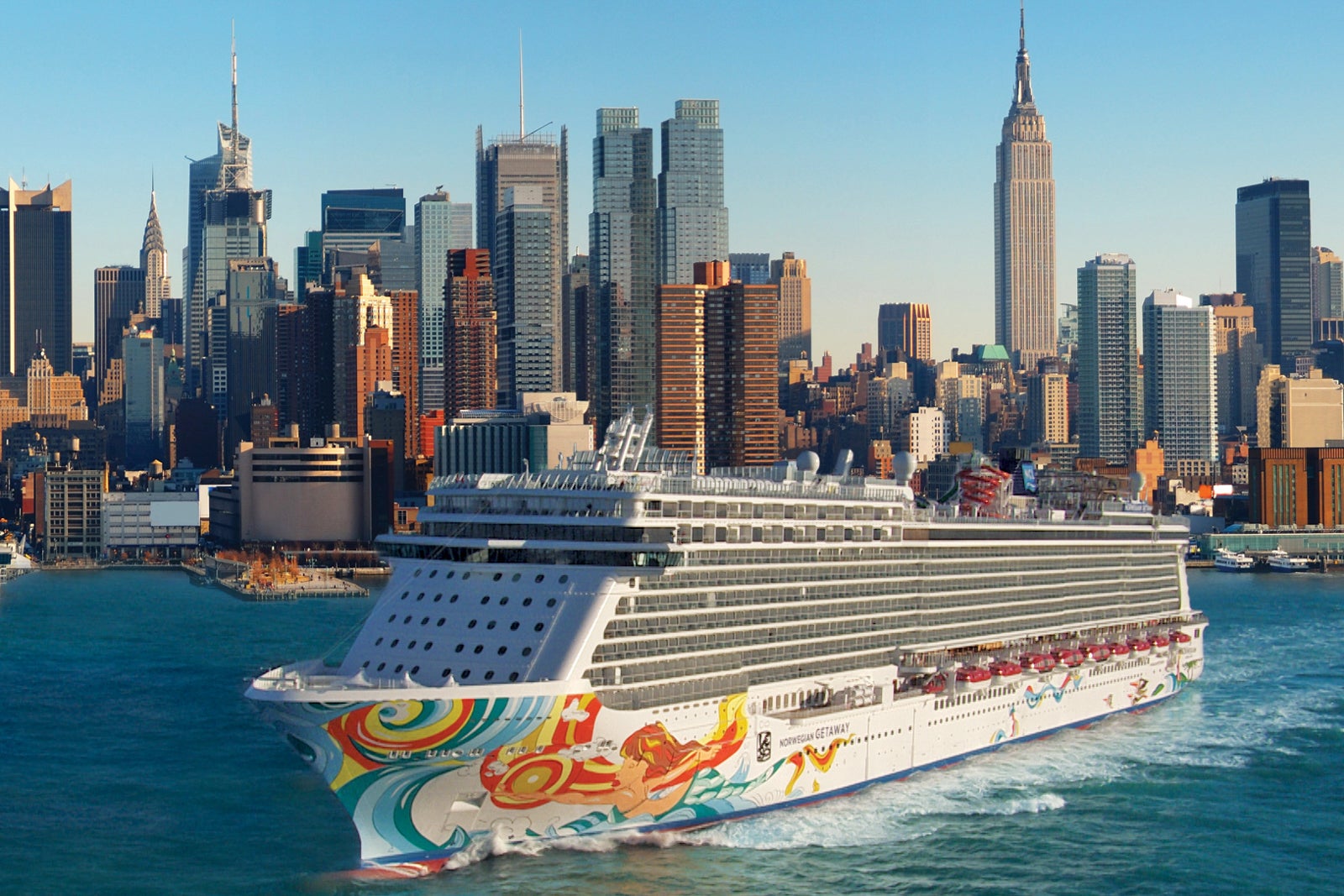Would you take a cruise that didn’t actually go anywhere?
It might sound odd, but cruises to nowhere — voyages with no ports of call — used to be popular for North American travelers.
Cruises to nowhere from the U.S. were fairly common until U.S. Customs and Border Protection said it would begin cracking down on the enforcement of a longstanding law called the Passenger Vessel Services Act, which has certain limitations that affect cruises to nowhere.
So, what are cruises to nowhere, how does the PVSA affect them and are they still offered? Here’s everything you need to know.
What are cruises to nowhere?
Cruises to nowhere are voyages that sail out to sea for a day or two without stopping anywhere before returning to the same port from which they departed.
You might wonder why anyone would want to travel on a cruise without port stops, but some people simply enjoy being on a ship where they can relax, sleep in, have a spa treatment, take in a show, lounge by the pool and have someone cook for them for a couple of days.
Cruises to nowhere also offer a way for first-timers to see whether or not a cruise might be for them. They’re great options for people who don’t have a ton of time or money to spend on a getaway.
What happened to cruises to nowhere?
Until 2016, cruise lines offered cruises to nowhere on a fairly regular basis. That changed in 2015 when CBP announced it would begin more strictly enforcing the particulars of the Passenger Vessel Services Act the following year.
Under the act, cruises to nowhere themselves are legal, but because the type of visa many crew members use when working on ships doesn’t meet the requirements of the PVSA for cruises to nowhere, cruise lines largely stopped offering them.

Daily Newsletter
Reward your inbox with the TPG Daily newsletter
Join over 700,000 readers for breaking news, in-depth guides and exclusive deals from TPG’s experts
What is the PVSA?
At its core, the PVSA — an offshoot of the more well-known Jones Act, which deals with ships that carry cargo instead of passengers — states that foreign-flagged cruise ships sailing from U.S. ports must call on at least one foreign port before returning to the U.S. at the conclusion of a voyage.
However, a lesser-known portion of the act addresses crew visas and what they permit in terms of how long visa holders can remain in the U.S. Many crew members work on ships using D-1 visas, which allow them only to stay in the U.S. for brief periods of time with the intention that they leave again almost immediately.
On cruises to nowhere, because there are no foreign port stops between a ship’s departure from a U.S. port and its return to a U.S. port, crew members on those types of voyages essentially remain in the U.S. and don’t leave. In those instances, crew members with D-1 visas would be out of compliance — something that cruise lines no longer want to risk due to steep penalties.
Are there exceptions?
Yes. In the event of an emergency, such as a hurricane or other weather-related issue that prevents a ship from calling on the necessary foreign port before returning to the U.S., the U.S. government can issue exemptions. However, that type of situation is rare, and those types of cruises to nowhere are not originally planned to be cruises to nowhere.
Bottom line
Although cruises to nowhere offered inexpensive, short options for cruisers, they are a thing of the past when departing from the U.S. Their extinction is due to conflicts between the requirements outlined in the PVSA and the type of visa crew members often use to work on board cruise ships.
Have more cruise questions? TPG has answers:

